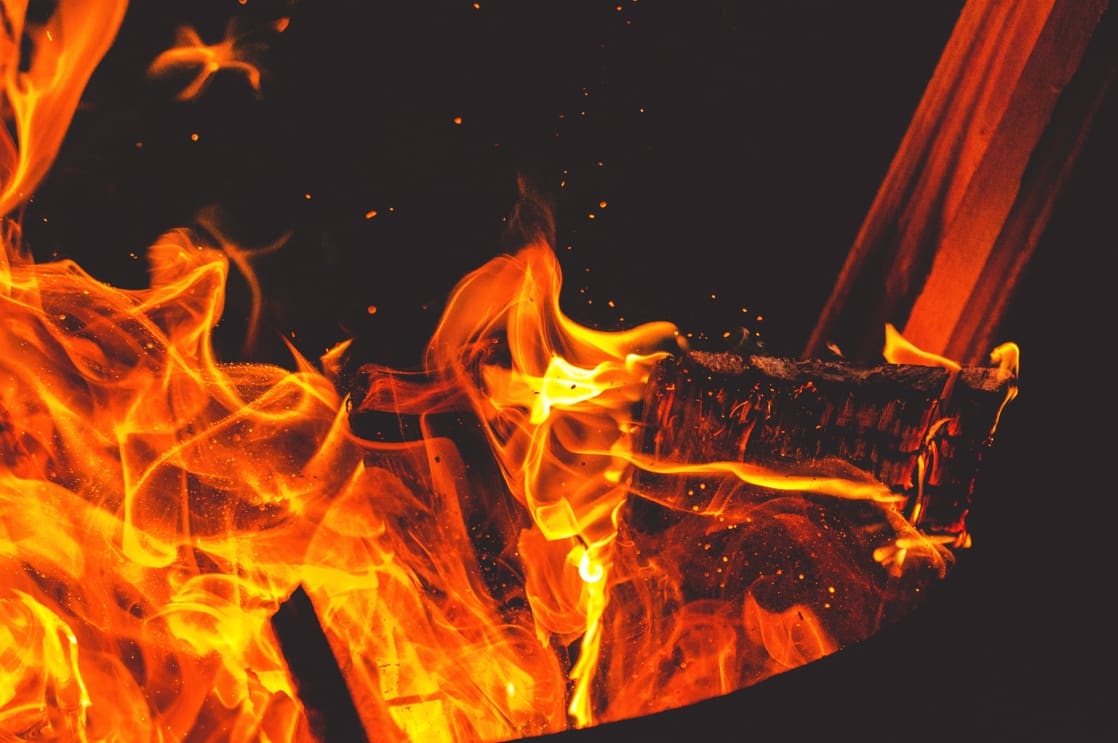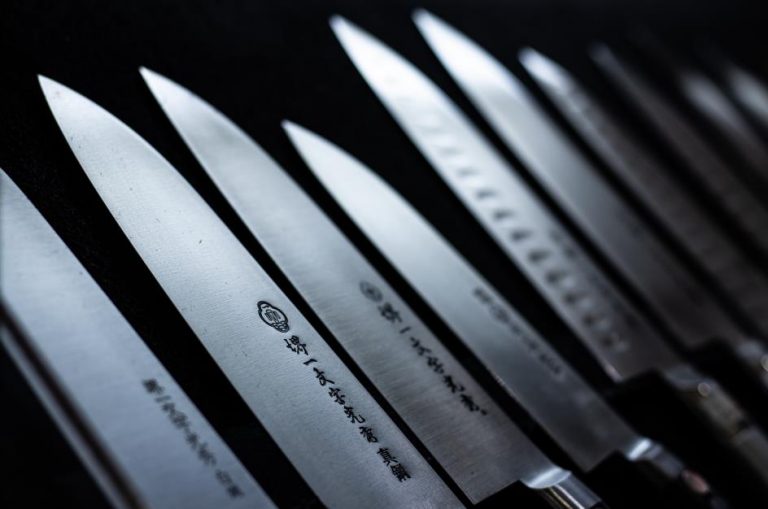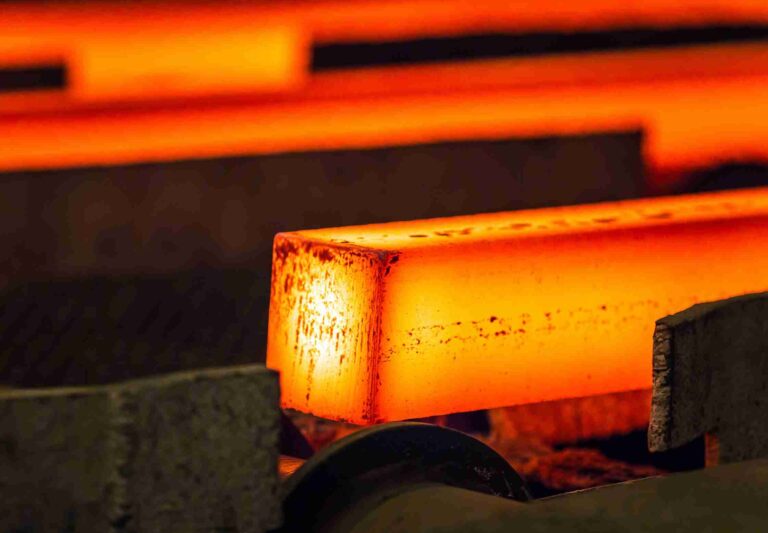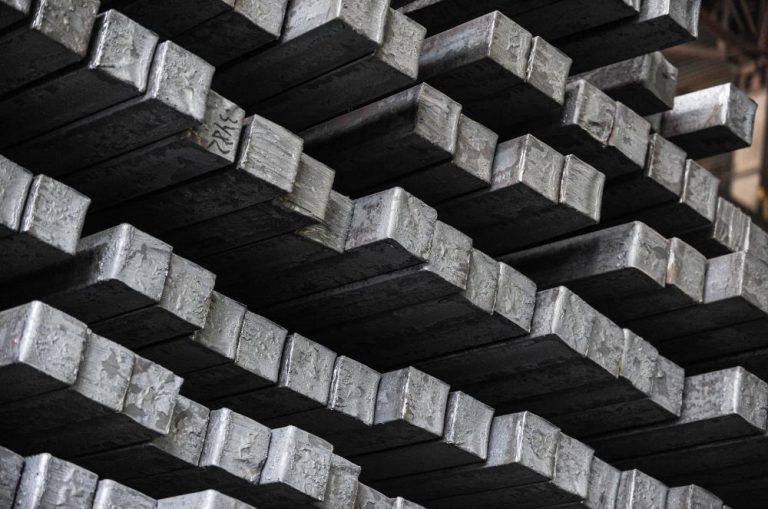AEB-L steel is a stainless steel known for its fine microstructure and impressive balance of toughness and hardness. Originally designed for razor blades, this steel has garnered attention for its ability to take and hold a keen edge, making it an excellent choice for culinary and other high-performance knives.
Your understanding of AEB-L steel must include its distinctive chemistry. Characterized by a lower carbon content compared to other popular knife steels, and the addition of 13% chromium. This composition allows for a unique combination of properties, which includes ease of sharpening and considerable toughness, often compared to that of many super stainless steel.
AEB-L stands out due to its ability to achieve a very fine carbide structure upon proper heat treatment. This fine carbide structure contributes to the steel’s sharpness and edge retention. For comprehensive insights into AEB-L steel, including its history and properties like toughness and edge retention, read more into our article.
History of AEB-L steel
AEB-L steel, often recognized for its fine grain structure and superior toughness. The steel’s origins dating back to the mid-20th century. Its development played a key role in advancements within specialized industries.
AEB-L steel was originally developed by Uddeholm Steelworks of Sweden in the 1960s. It was created as an analogue to a famous blade steel known as 13C26 by Sandvik. The two steel has almost the same chemical composition. The formulation of AEB-L aimed to provide a fine-grained, wear-resistant steel. A kind of steel that could be processed with ease and that would hold a keen edge.
Industrially, AEB-L steel found its initial widespread use in the production of razor blades. Capitalizing on its ability to achieve and maintain a sharp edge. Over time, its application expanded beyond razor blades to various cutting tools. Including in culinary, medical, and industrial settings where precision and sharpness are paramount.
Chemical composition

Understanding the specific composition of AEB-L steel is crucial for comprehending its performance. Like any other steel, delving into the precise components embedded within AEB-L allows a more nuanced insight into the material’s properties.
- Carbon (C): 0.67%
- Chromium (Cr): 13.00%
- Magneses (Mn): 0.60%
- Silicon (S): 0.40%
- Phosphorus (P): 0.025
- Sulfur (S): 0.015
The chemical composition of AEB-L steel is designed to strike a fine balance between toughness, hardness, and corrosion resistance. Thus making it an excellent material for fine-edged tools and cutlery. The precise combination of these elements is what defines the AEB-L steel composition.
Buy Wholesale Knives and Start Scaling up with Us Today
Contact us and connect with a sales rep to get a free quote.
AEB-L steel properties
The physical properties of AEB-L steel are critical in determining its performance in various applications. Key attributes include its hardness and edge retention, toughness, corrosion resistance, and ease of sharpening.
Hardness and edge retention
AEB-L steel typically achieves a Rockwell hardness in the range of 59-62 HRC, depending on its heat treatment.. Its fine and uniform carbide structure contributes significantly to this hardness level, which in turn provides somewhat acceptable excellent edge retention.
However, make no mistake that AEB-L steel is far from excellent in the edge retention department compared to stainless steel that has more chromium carbides like M390, D2, 154CM, etc. It can only slightly outperforms low-alloy steel like 1095.
Toughness
The hallmark feature that sets AEB-L steel apart is its exceptional toughness. In rigorous testing, AEB-L consistently achieves one of the highest toughness scores, surpassing even some super steels in this critical aspect. Toughness, in the context of steel, denotes the material’s capacity to absorb energy and withstand high levels of stress or impact without succumbing to cracks or chips. AEB-L’s remarkable toughness can be attributed to its well-balanced chromium content. Making it suitable for demanding cutting tasks.
Corrosion resistance
AEB-L stainless steel offers a good, average level of corrosion resistance. Its chemical composition, which contains approximately 13% chromium, allows for the formation of a passive oxide layer on the surface that protects it from various forms of corrosion.
Wear resistance and sharpening
AEB-L steel doesn’t fare well against daily wear and tear. This not only leads to a quicker disappearance of the edge, as discussed earlier, but also makes it significantly easier to grind and sharpen. The steel responds well to sharpening methods, allowing for the achievement of a razor-sharp edge with less effort.
AEB-L steel in knifemaking
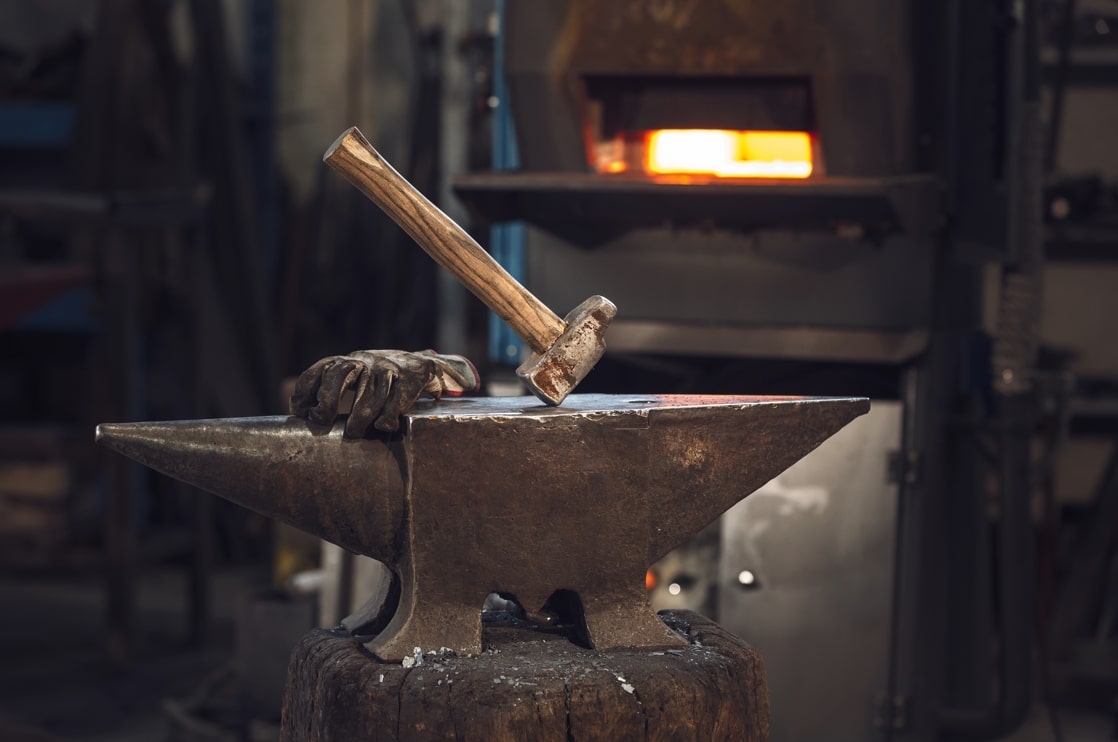
AEB-L steel, renowned for its fine carbide structure and excellent toughness, stands out in knifemaking. Its balance of toughness and hardness makes it a preferred choice for both kitchen and outdoor knives.
Kitchen and culinary knives
AEB-L steel’s uniform hardness and ability to maintain a sharp edge make it highly suitable for kitchen knives. You’ll appreciate its razor-like sharpness when performing precision cuts. In the realm of custom knives, AEB-L allows for intricate and personalized crafting, taking advantage of its good corrosion resistance and edge stability for continuous cutting tasks.
Outdoor and activity-focused blades
In terms of outdoor knives, such as those used in camping or hunting, AEB-L’s toughness ensures that the blade can withstand the rigors of heavy use without chipping or breaking. This is particularly beneficial for fixed blades designed for chopping or batoning.
Heat treatment process
AEB-L steel undergoes a specific heat treatment process to alter its microstructure. Heat treatment also enhances various properties essential for steel applications. The treatment typically consists of the following stages:
- Annealing: You would anneal AEB-L steel to prepare its grain structure for further hardening processes. This involves heating the steel to about 750-800°C and then slowly cooling it. Annealing softens the material, making it easier to process by relieving internal stresses and improving machinability.
- Quenching: Quenching rapidly cools the steel to transition from austenite to martensite. This is done typically in oil or air. This step is critical as it imparts hardness and increases the formation of fine carbide. Which are essential for hardness and wear resistance.
- Tempering: This is the step where you reheat the quenched steel to below the critical temperature range (usually between 150-300°C). The temperature Depending on the desired balance between hardness and toughness. This reduces brittleness, relieves stresses, and stabilizes the grain structure.
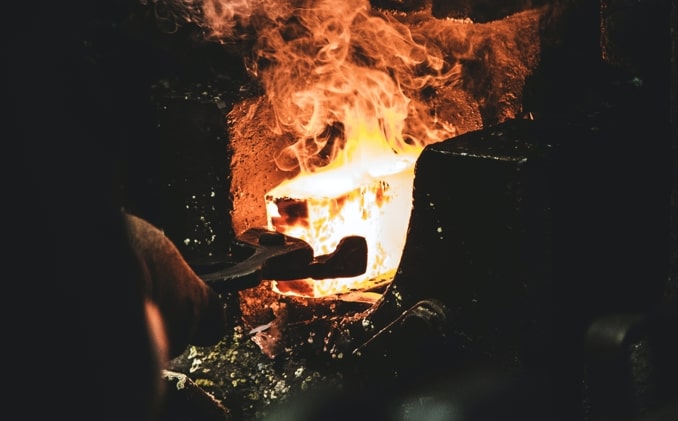
Different manufacturers and steels employ different heat treatment methods. But the three steps mentioned above are almost universally incorporated to achieve an ideal hardness level and a balanced set of properties. These essential steps serve as a foundation for enhancing the steel’s overall performance. If you have more questions regarding the specifics of the heat treatment process or seek further insights into our experiences with AEB-L steel, feel free to contact us! We’re here to provide you with any additional information you may need
AEB-L steel vs. other steel
It’s always a good practice to compare steel with other specific steel to better understand the properties of AEB-L.
Vs. High carbon steel
Some of the traditional high-carbon steels, such as D2, Blue Super, 1095, etc., have significantly higher carbon content than AEB-L.
AEB-L can not reach the extreme hardness levels achieved by these steels. And might be considered less competitive in terms of edge retention. But its undeniable strength lies in its exceptional toughness. AEB-L surpasses the majority of high-carbon steels in this crucial aspect.
Your decision to use AEB-L or another carbon steel should be informed by the specific requirements of your application. AEB-L is a good all-rounder, especially when you need a tough blade and some level of corrosion resistance, whereas other carbon steels might be preferred for their wear resistance in abrasive conditions and hardness.
Vs 14C28N
When comparing 14C28N steel to AEB-L steel, nuances in their compositions and performance characteristics become apparent. 14C28N is known for its excellent corrosion resistance and edge retention, making it a popular choice for high-quality knives. It contains a higher percentage of carbon, enhancing its hardness and wear resistance.
On the other hand, AEB-L steel, while exhibiting average hardness and rust resistance, shines in terms of exceptional toughness. The decision between the two may hinge on your specific needs — 14C28N for those who prioritize edge retention and corrosion resistance, and AEB-L for those valuing toughness and ease of sharpening.
Vs. 13C26
13C26 and AEB-L steel are essentially the same steel, but manufactured by different companies. Both steels share a common composition, and any distinctions in performance characteristics are likely to arise from the specific manufacturing processes employed by the respective companies.
Buy Wholesale Knives and Start Scaling up with Us Today
Contact us and connect with a sales rep to get a free quote.
AEB-L steel can take a beating
When discussing AEB-L steel, we are referring to a steel characterized by average hardness and rust resistance. At the meantime, it’s a steel with exceptional toughness but unremarkable edge retention. Your decision to choose AEB-L steel for your next project can be simplified to whether you prioritize toughness as a crucial property and can afford to compromise slightly on edge retention.
If you’re eager to commence work, engage in manufacturing, initiate mass production, or explore wholesale buying and designing with knives crafted from AEB-L steel or any other steel, reach out to LeeKnives now! As an experienced knife manufacturer, we can provide the exact resources you are looking for!
